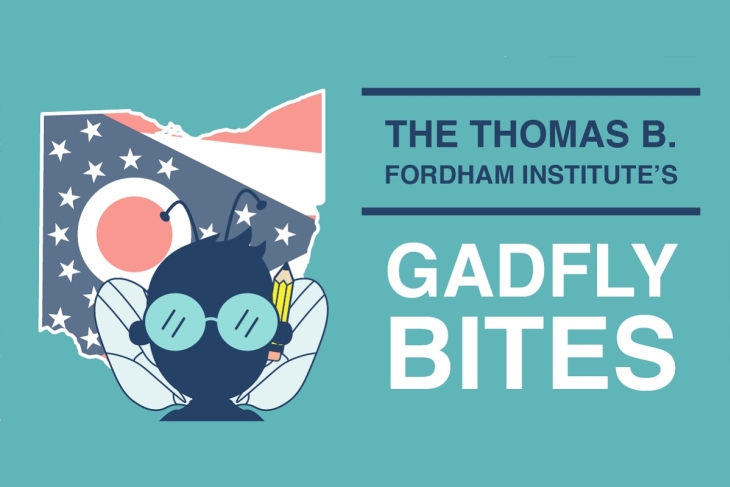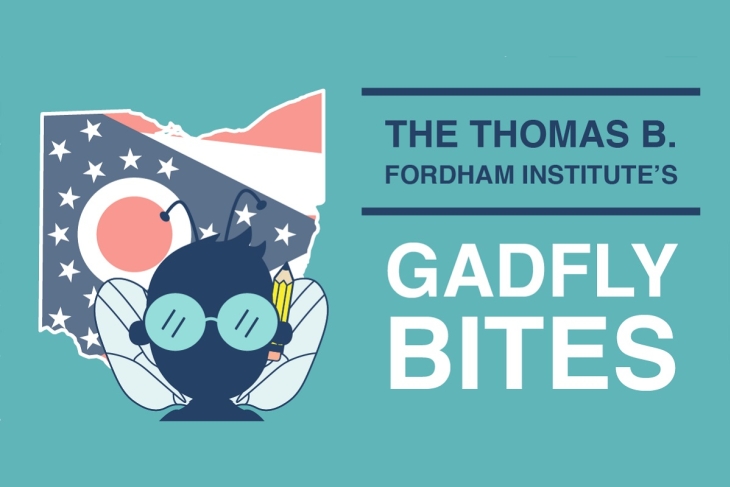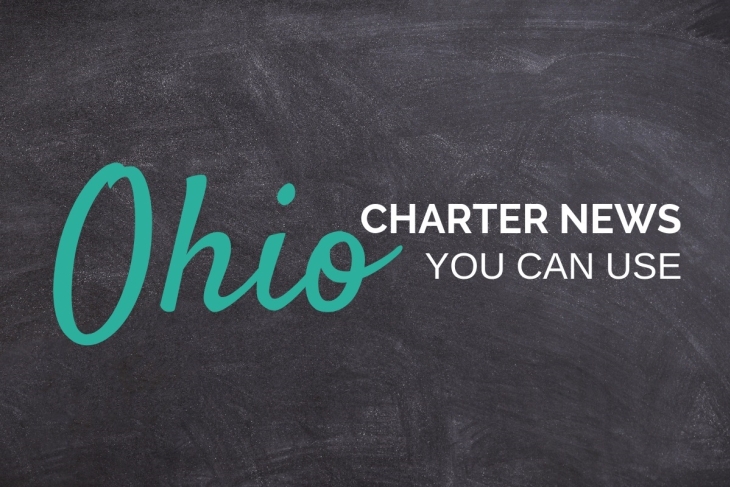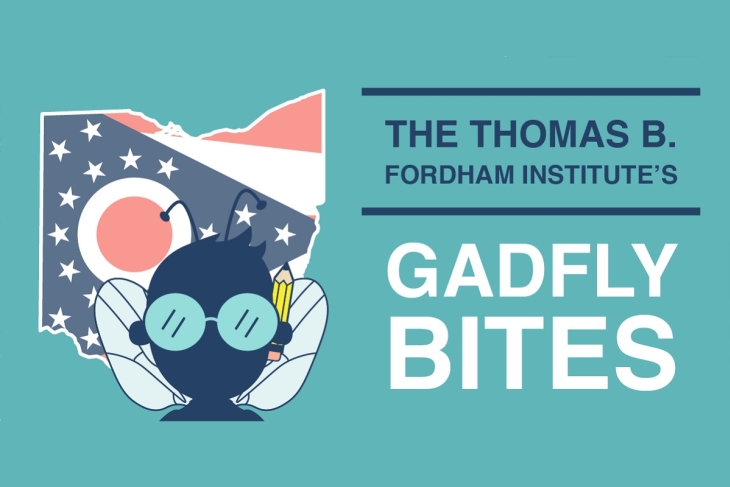The demographic makeup of America’s K–12 students is steadily changing, with schools nationwide welcoming increasingly diverse cohorts of young learners. Policymakers searching for the best ways to support this evolving population have arrived at a promising solution: Maintain a teacher workforce that reflects students’ growing diversity. Studies have shown that Black students in particular benefit academically, behaviorally, and socially from exposure to teachers who share their race.
Yet fostering a more diverse workforce has proven challenging—as evidenced by the fact that 80 percent of public school teachers were White in 2021. One contributing factor is a higher turnover rate among Black teachers. In response to this worrying trend, analysts are working to identify what drives Black educators to leave their jobs in hopes of informing better retention policies.
In their new working paper, researchers from Vanderbilt University, the University of Virginia, and the Learning Policy Institute posit that racial isolation may contribute to Black teacher turnover. They define racial isolation as “being in a racial or ethnic numerical minority among colleagues.” (This characterization raises challenges. While having few or no same-race colleagues clearly signals isolation, one could argue that labeling a school with a nearly half-Black teacher workforce as “isolated” is at odds with the broader demographic context and the rarity of such representation. Nevertheless, the study still offers valuable insights by considering varying degrees of racial isolation within its analysis.)
The authors hypothesize that isolated Black educators face tokenization, exclusion, and discrimination in their schools, leading to more strenuous work experiences and a higher likelihood of leaving. To test this theory, they use longitudinal Tennessee data on public school staff to construct measures of racial isolation and turnover. Between the 2006–07 and 2018–19 school years, they document over 740,000 educator-by-year observations. They then combine these data with Tennessee Educator Survey (TES) results from available years. The TES captures teacher feedback on school climate, leadership, instruction, and more, making it a helpful tool to gauge any potential negative on-the-job experiences.
With these data in hand, the team asks two questions: First, how do different levels of racial isolation impact the probability that Black teachers leave their schools? To answer, they look at whether each teacher turned over from one year to the next, as well as whether departing teachers stayed in the same district, changed districts, or exited the Tennessee public school system entirely. Second, they ask: To what extent is racial isolation associated with adverse work experiences? For this, the authors examine trends in teachers’ frequency of collaboration with peers, perceptions of school climate, job performance ratings, and salaries.
They begin by confirming that racial isolation is indeed more common among Black educators in Tennessee than their White counterparts. While a “vanishingly small fraction” of White teachers work in a school where less than 15 percent of their colleagues are the same race, this is the case for 18 percent of Black teachers.
The authors then show that racial isolation is positively correlated with turnover. A Black teacher without any Black colleagues is 5.2 percentage points more likely to leave their job than a Black teacher with 41–100 percent Black colleagues. Similarly, the predicted turnover rate for a Black teacher with less than 15 percent Black colleagues (but at least one) is 3.6 percentage points higher than that of a non-isolated Black teacher. These departures are mainly exits from the profession and out-of-district moves to schools with larger Black teacher populations.
The team’s look at work experiences may help to explain these troubling results. Racial isolation is associated with both lower job performance ratings and reduced collaboration with fellow teachers. Teaching is difficult to start with, but it only gets harder without support from colleagues—and juggling these challenges just to receive poor performance reviews can be discouraging. It comes as no surprise, then, that such circumstances could compel Black educators to search for new jobs.
School leaders should heed these insights. Attempts to diversify teacher workforces one educator at a time may backfire, as new hires feel the effects of racial isolation and seek employment elsewhere. To promote retention and best serve students, the study’s authors instead recommend “cluster-hiring” talented teachers of color.
But to make cluster-hiring possible, policymakers must also assess teacher pipelines to ensure that they produce an ample supply of teachers of color. This could mean investing in well-structured Grow Your Own programs or providing mentorship and support networks for teaching candidates from marginalized communities. If the goal is empowering today’s increasingly diverse student body, policymakers need to see the bigger picture—and work towards an integrated strategy that touches every stage of a teacher’s career progression.
SOURCE: Shirley H. Xu, Francisco Arturo Santelli, Jason A. Grissom, Brendan Bartanen, and Susan Kemper Patrick, “(Dis)connection at Work: Racial Isolation, Teachers’ Job Experiences, and Teacher Turnover,” Annenberg Institute for School Reform at Brown University, EdWorkingPapers (July 2024).









